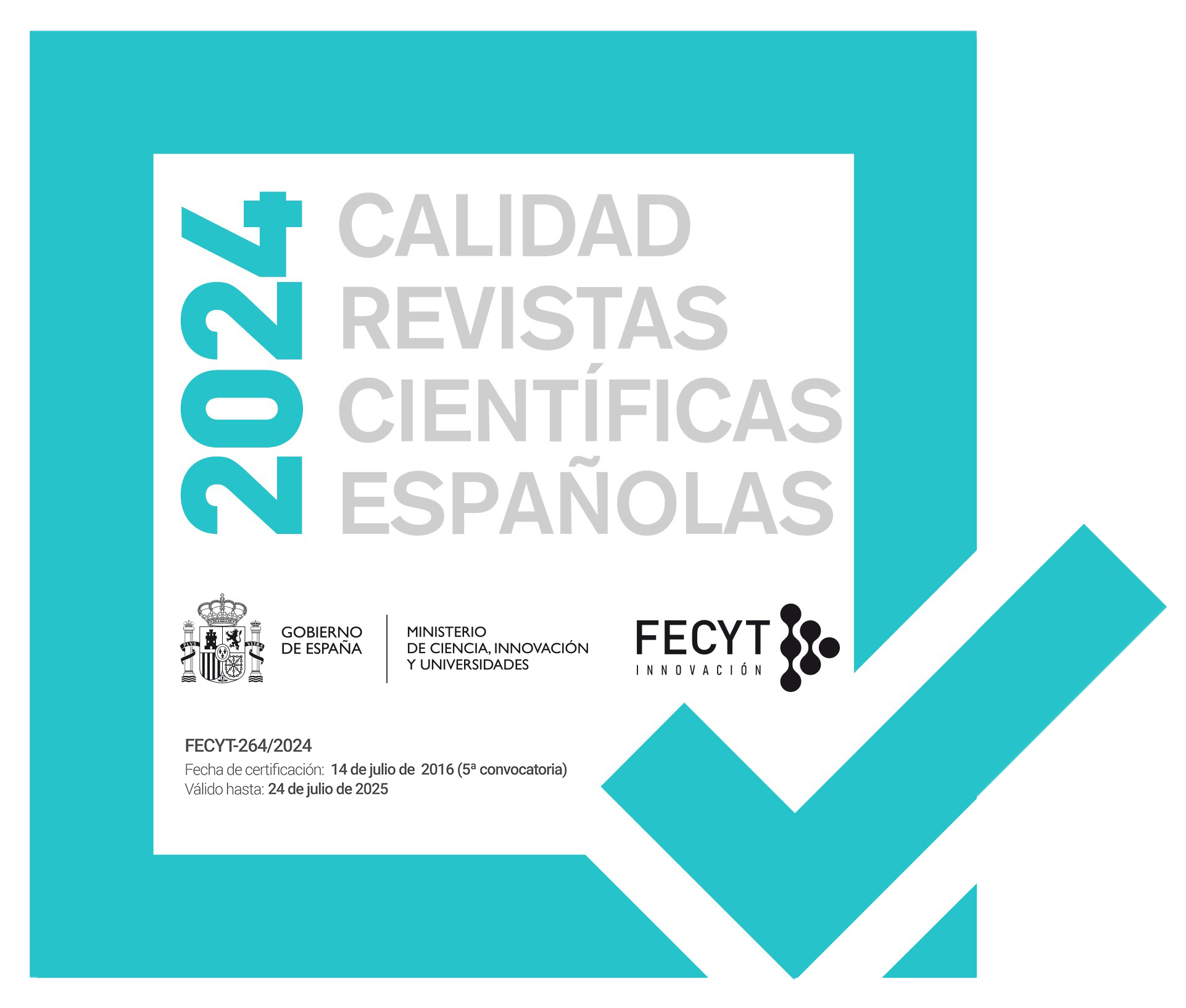An Integrated Remote Sensing, Petrographic, and Mineralogical Techniques for Mapping of Marble Deposits in the Vicinity of the Ophiolite Sequence in North Pakistan
Keywords:
Ophiolites; Marble; ASTER image; Remote sensing; MohmandAbstract
Marble, a high-pressure and high-temperature metamorphic rock primarily composed of calcium carbonate (CaCO3) and calcium magnesium carbonate (CaMgCO3), has been utilized extensively by ancient civilizations for various architectural purposes globally. The expansion of marble production during the 19th century facilitated its widespread use, with major quarries emerging in various regions, notably China, India, Italy, and Turkey. Despite its historical significance and economic importance, mapping and identifying marble deposits in remote and inaccessible areas remain challenging.
This study presents an integrated approach utilizing advanced remote sensing techniques for mapping carbonate lithologies in the Northwest Mohmand District, Khyber Pakhtunkhwa, Pakistan. By employing advanced spaceborne thermal emission and reflection radiometry (ASTER) imaging coupled with iterative adaptive reweighted regression (IARR), principal component analysis (PCA), minimum noise fraction (MNF), and spectral angle mapper (SAM) classification techniques, we processed and analysed the ASTER images using the Environment for Visualizing Images (ENVI) software. Subsequently, geographic information systems (GIS), ArcMap, and ArcScene software were used for spatial analysis and model generation.
Validation of the results was conducted through extensive fieldwork, X-ray diffraction (XRD), and petrographic analysis. The XRD and petrographic data corroborated the findings derived from the classified ASTER imagery, confirming the presence of significant concentrations of dolomite and calcite, which are indicative of carbonate deposits. The integration of these techniques underscores the efficacy of remote sensing as a viable tool for identifying and mapping mineralized zones in remote locations.
The findings of this study have significant implications for Pakistan's marble industry, particularly in Khyber Pakhtunkhwa, Punjab, and Baluchistan, where an estimated 300 million tons of marble reserves exist. Leveraging remote sensing techniques, this research contributes to the delineation of valuable marble resources and facilitates recommendations for targeted exploration activities in the Mohmand area and beyond.
Downloads
Published
Issue
Section
License

This work is licensed under a Creative Commons Attribution-ShareAlike 4.0 International License.
Copyright
Geologica Acta is the property of the UB, GEO3BCN, IDAEA and UAB. Geologica Acta must be cited for any partial or full reproduction. Papers are distributed under the Attribution-Share Alike Creative Commons License. This license allows anyone to reproduce and disseminate the content of the journal and even make derivative works crediting authorship and provenance and distributing possible derivative works under the same or an equivalent license.
Author Rights
Authors retain the copyright on their papers and are authorized to post them on their own web pages or institutional repositories. The copyright was retained by the journal from the year 2003 until 2009. In all cases, the complete citation and a link to the Digital Object Identifier (DOI) of the article must be included.
The authors can use excerpts or reproduce illustrations of their papers in other works without prior permission from Geologica Acta provided the source of the paper including the complete citation is fully acknowledged.




